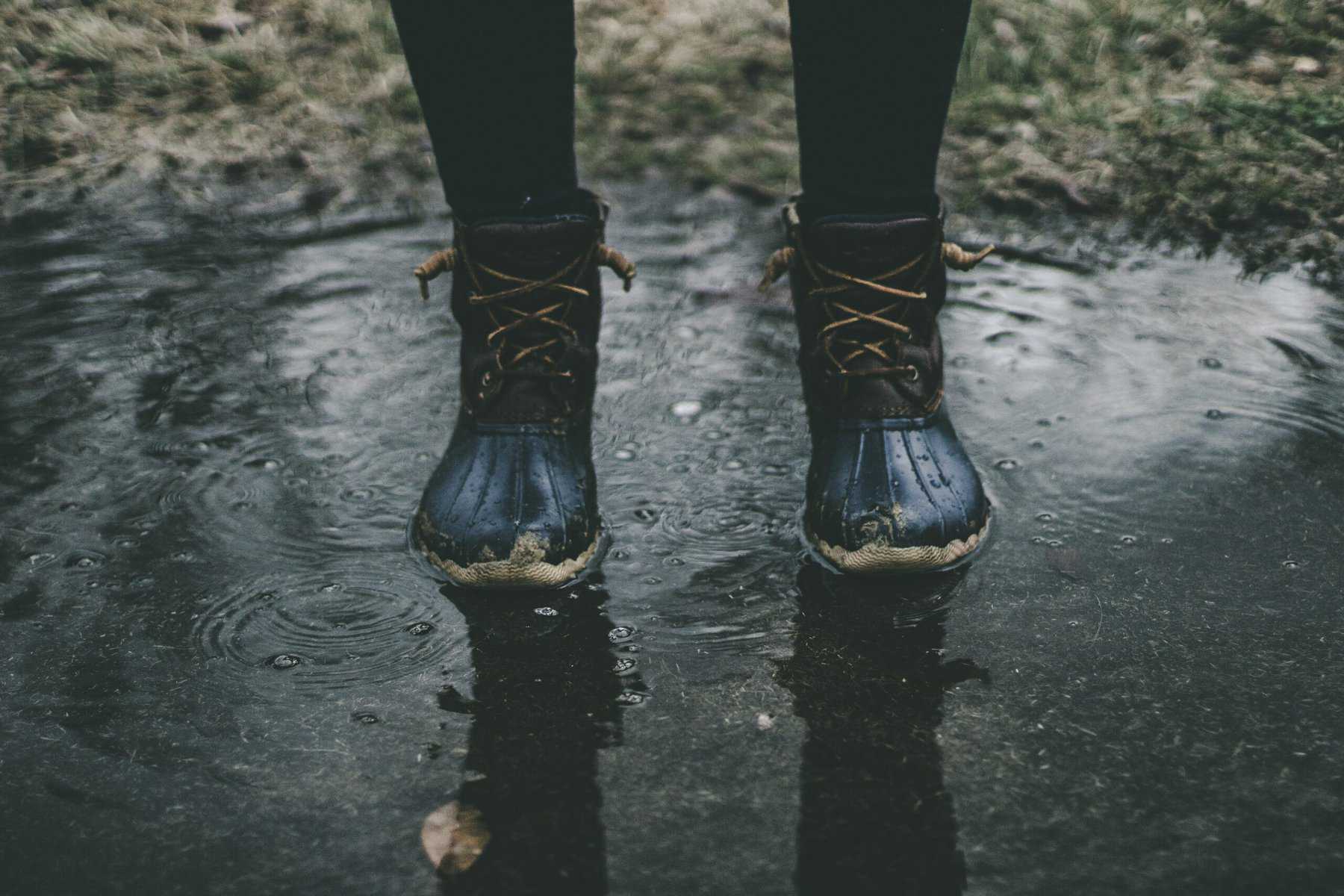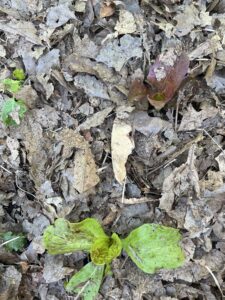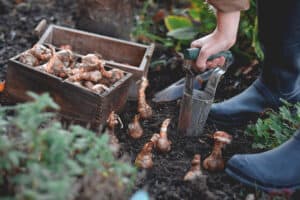Shop Mother’s Day Bouquets
Figaro's Blog
How to Protect Soil and Plants for Winter: Setting Up For Next Season’s Success
- Category:Techniques

The wet season has arrived, and with the leaves and the puddles come a not-so-gentle reminder that winter is just around the corner. While the temptation to hunker down and enjoy the great indoors is strong, now is the perfect time to ensure your plants and soil stay healthy throughout the chillier months. Join us as we explore some key things we can do to protect soil and plants for winter.
Soil Care and Protection
Winter rain and wind can wreck havoc on soil, eroding the top layer and speeding the loss of nutrients. There are a number of ways to protect soil for winter, but the most important thing to remember is to never leave soil bare. Instead, use one of the following soil protection strategies:
- Sow a cover crop. Cover crops protect the soil from erosion, improve its structure, and add valuable nutrients when turned under in spring. Winter cover crops like winter rye or field peas are best sown in September and October.
Apply a layer of mulch. Add a 2″ thick layer of compost, shredded leaves, or straw to protect soil and plants for winter. Compost is a great option if you have it—compost not only insulates but also nourishes the earth below. Check out Figaro’s Garden’s own Outdoor Soil Amender for a low-waste product that provides a serious boost to depleted soils. Fallen leaves are another great option, especially if they are somewhat broken down. We like piling them up on the lawn, then running them over with the lawn mower on a dry day. Use immediately, or store in a dry place for next year.
- Grow in raised beds. If you don’t already have them, this one’s a bit of a longer-term solution, but raised beds typically have better drainage. Well-draining soil is key to avoiding common winter gardening issues like root rot and soil compaction.
Protecting Vulnerable Plants
Tender and borderline-hardy plants require extra care during winter (we’re looking at you, daphne, phormium, rosemary and friends). Here are our recommendations for seeing your plants through the cold season:
Take special care with containers. Without the insulating properties of the surrounding soil, container-grown plants are more vulnerable to sub-zero temperatures. A good rule of thumb is to take one hardiness zone off your plant when assessing whether it can handle our winters. Vancouver is typically considered Zone 8B; that means plants grown in containers should be at least hardy to zone 7 to remain unprotected outdoors over the winter. Luckily, containers are portable. Move smaller containers with tender perennials to a frost free location (e.g., garage, basement, potting shed). Set a small heater to “frost protection” setting if your space is unheated. The heater will kick in only when temperatures drop. If you don’t have a suitable indoor space, cluster containers together in a sheltered area.
- Cover cold-sensitive plants. After you’ve mulched, use garden fleece, row cover fabric, burlap, overturned pots, or even old sheets to create shelter. Wrap individual plants or containers with these specialized fabrics, which can provide several degrees difference in warmth. Or, drape lengths of row cover fabric over vegetable gardens (use hoops to keep fabric in place, or just place on top of the plants during the coldest nights). Larger shrubs such as daphne, fig, and choisya, which can be damaged during very cold winters, can be protected by covering them with large overturned pots, garden fleece or old sheets. Remove the coverings during stretches of warmer weather.
Planting Ahead
Fall is an ideal time to plant nearly all trees, shrubs, perennials, and bulbs. An afternoon’s work now will reward you for many years to come. Sow these as long as soil can be worked, ideally by the end of November:
- Spring-blooming bulbs. Plant tulips, daffodils, crocuses, snowdrops, and more unusual bulbs. Refer to planting depth and spacing guidelines, and amend soil with fish bonemeal prior to planting. You’ll be rewarded with a garden that springs to life as the days grow longer and warmer.
- Shrubs and perennials. Fall planting late-blooming perennials and shrubs is a no-brainer, but it’s also a great time to add more pollinator-attracting and native plants. Autumn’s rains and cool temperatures provide the perfect environment for plants and shrubs to establish strong root systems.
- Trees. As long as the ground isn’t frozen, you can plant a tree. The ideal window?: The weeks immediately after leaves have fallen. This allows trees to focus their energy on growing roots instead of leaves.
- Garlic and broad beans. These two are for the vegetable gardeners out there still looking to extend their growing season. Super hardy, both garlic and broad beans can be direct sown until the end of November.
As the days get shorter and the air crisper, a winter garden can be a beautiful and peaceful place. By following these tips, you can prepare your garden for a restful winter and ensure it rebounds in spring looking healthy and vibrant.
plants make everything better
Whether you're an experienced horticulturist, or looking for your first plant, our team at Figaro's Garden is excited to help you realize your plant and garden dreams. Contact us today or stop by the shop to see what's in-store.



